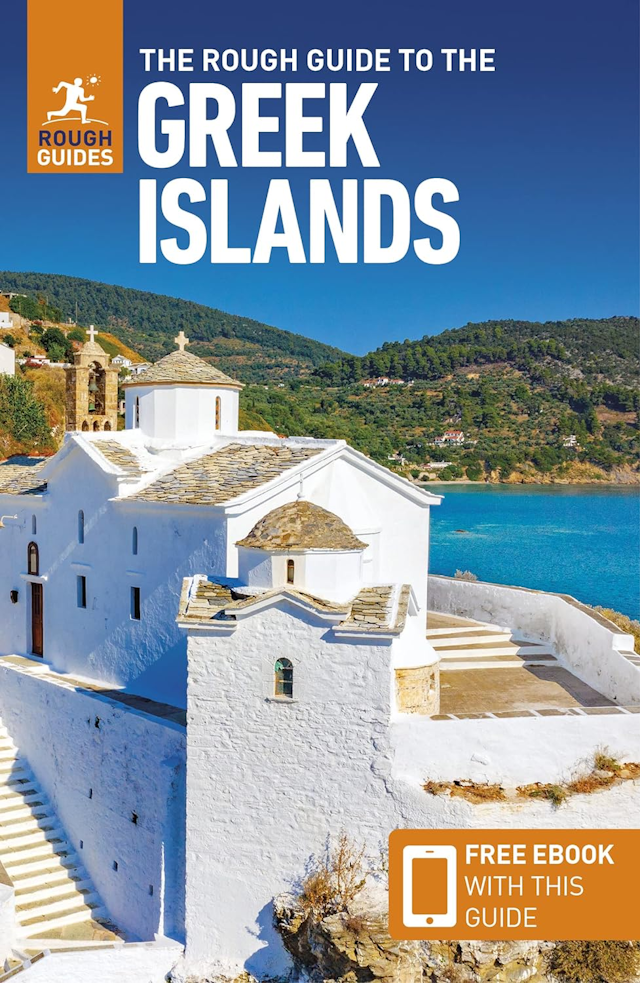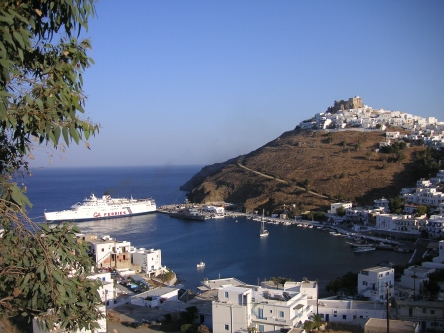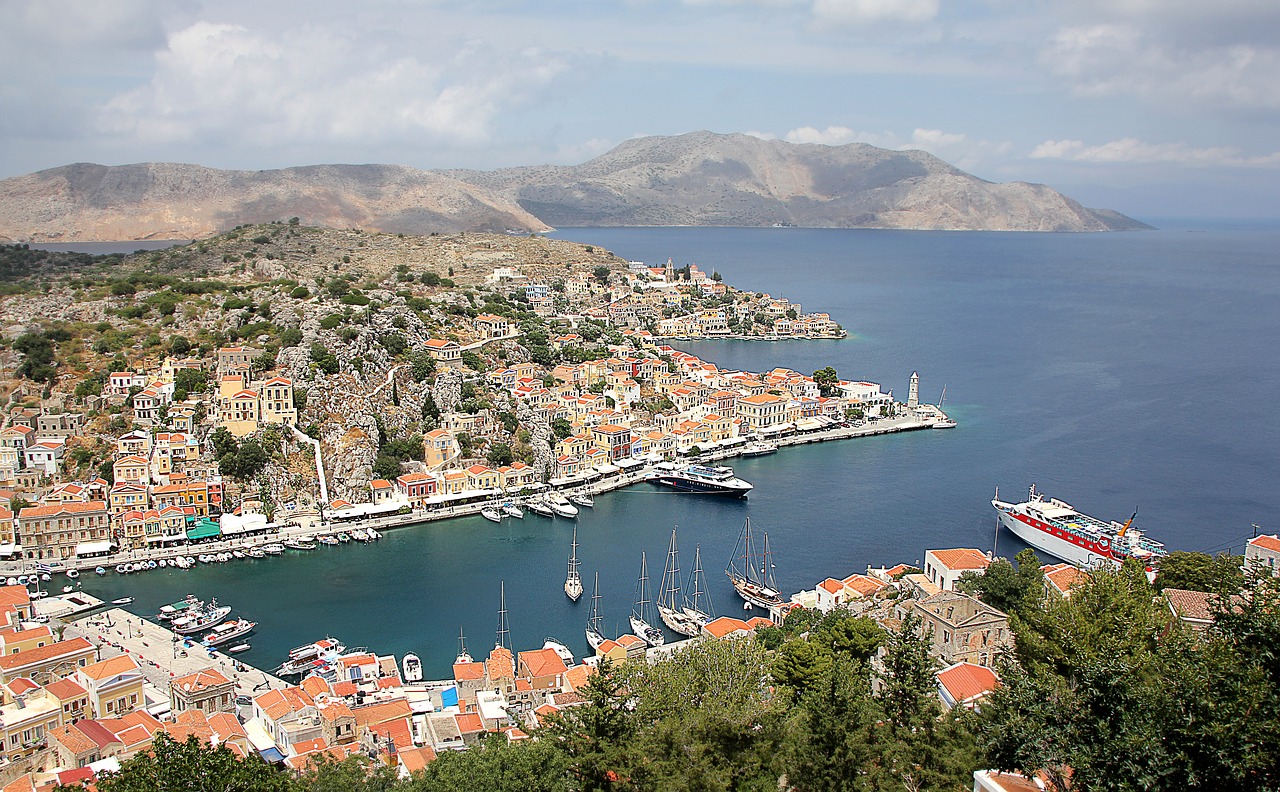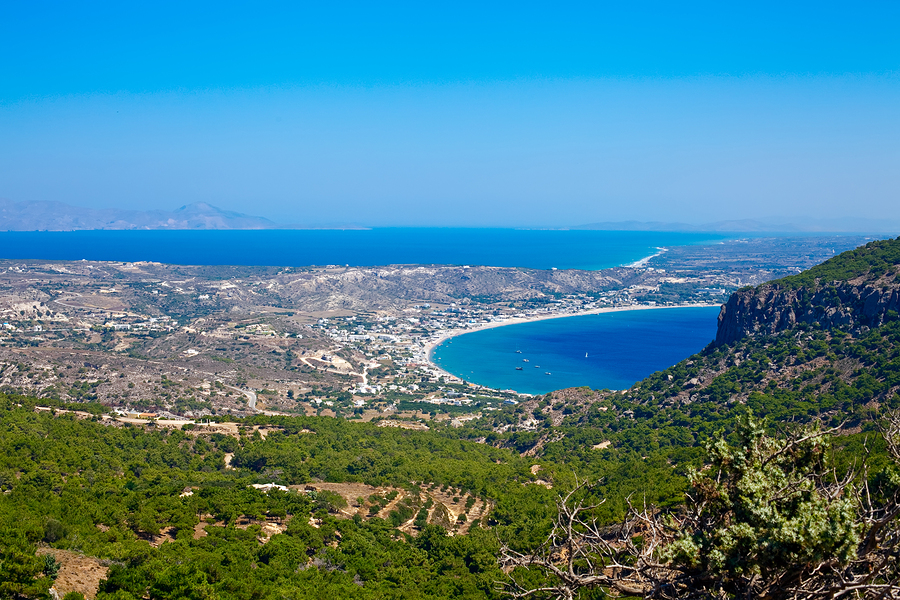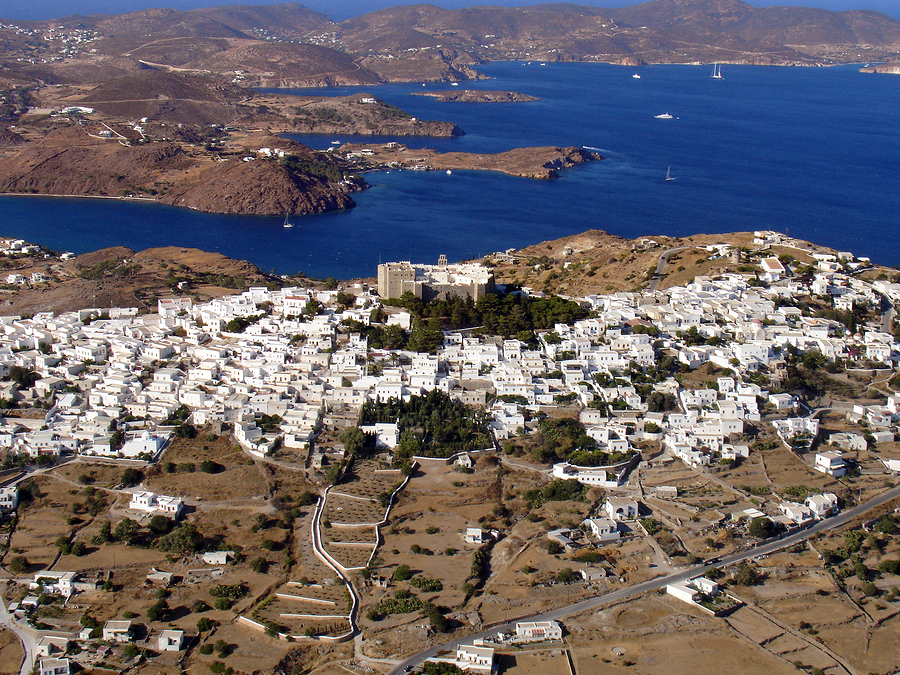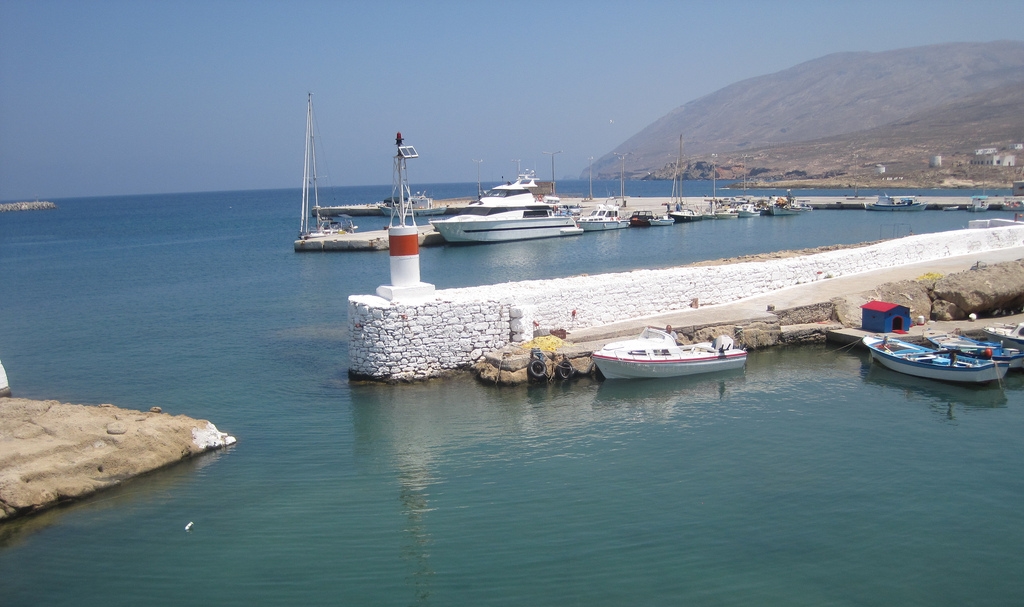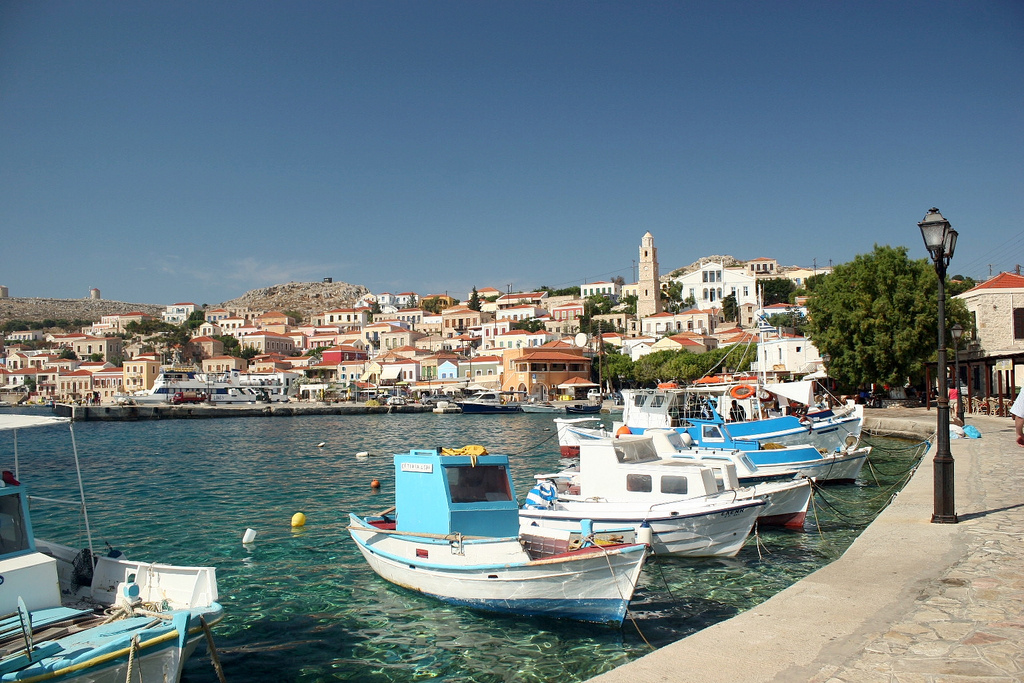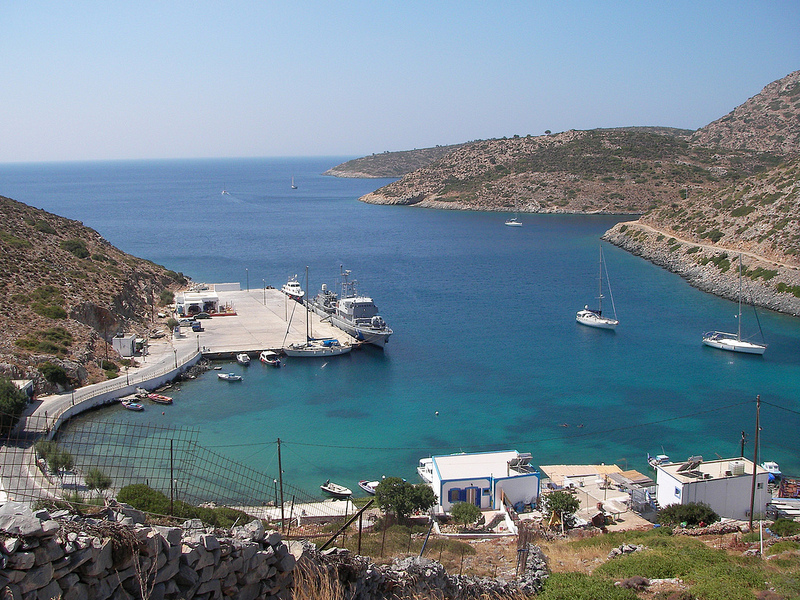- HOME
- Dodecanese
- Kalymnos
Kalymnos
Kalymnos in Greece in the Dodecanese islands is most famous for its history of sponge fishing, and see here travel information about flights and ferries.
Known throughout Greece as the island of the sponge-fishers – although Symi also built up a good reputation for this – Kalymnos has had to diversify in order to survive.

Many of the best sponge fields were wiped out by blight, others were simply overfished, some such as Libya’s went off-limits for political reasons, and then there was also the introduction of synthetic sponges. These aren't as good as the real thing but are much cheaper. Kalymnos did diversify, into shipping and also a modest amount of tourism, but there are still a few of the old sponge-fishing fleets around, which set sail for a few months in the late spring and early summer.

Kalymnos Town
There is no doubt when you are in Pothia, the main town and also known simply as Kalymnos Town, that you are in a sponge-fishing centre. Souvenir shops have sponges by the hundred, and many shopkeepers will offer to show you how to tell the best sponges… which of course they naturally all sell. Others go a little further and will demonstrate the entire process, showing how sponges are turned from black, odorous objects to clean and pleasant ones that you are happy to share your bathtub with.
Away from the very busy harbour, the back streets of Pothia remain truly Greek, and life goes on pretty much as it has for centuries. The main sights in town are the 19th-century cathedral of Agios Christos, with its distinctive silver dome, the Archaeological Museum and the Nautical and Folklore Museum, which you'll find on the waterfront.
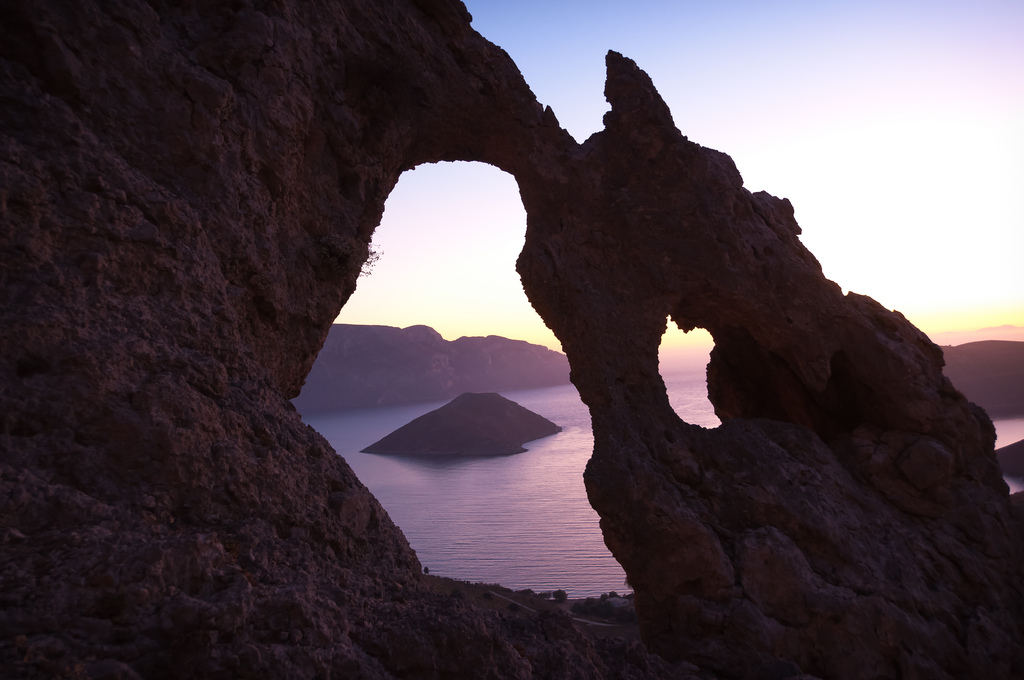
Holiday Spots
The main holiday spots are on the west coast, at Myrties and Masouri, which have good beaches and where you can also catch boats across to the offshore island of Telendos, where there are quieter beaches and a few places to eat and to stay. East of Pothia is Vathi, often called the Fjord of Kalymnos, a deep inlet of the Aegean that leads into a lush valley with several beautiful old-fashioned villages. It is one of the loveliest places on the island.
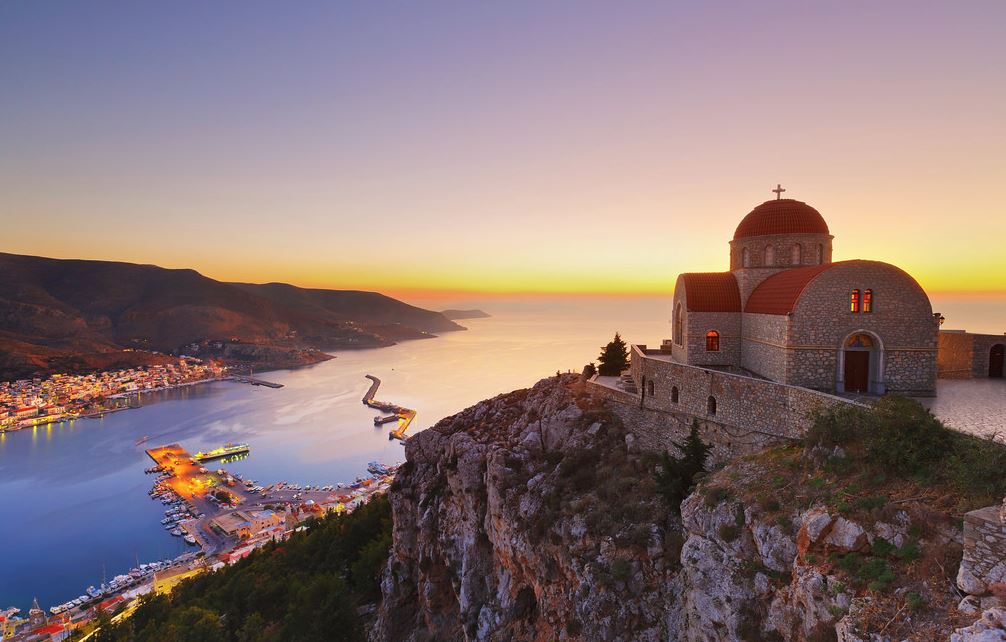 Kalymnos Town
Kalymnos TownPserimos
Little more than a speck in the sea, with
one small town and less than 100 permanent inhabitants, Pserimos is swamped with
visitors in midsummer, who come across on day trips from the nearby larger islands
of Kos and Kalymnos. After they depart, the
one village with its good beach returns to normal, with just a handful of visitors
enjoying its peaceful charm and good, simple accommodation and tavernas.
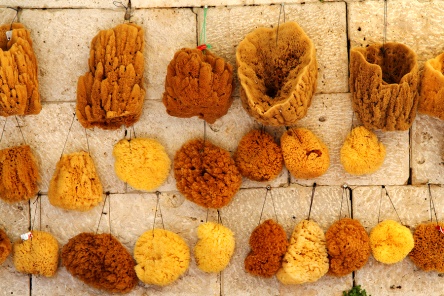
Sponge
Fishing
The Greeks have been sponge fishers for
several thousand years, as ancient pots and painting show, with the islands of
Kalymnos and Symi being the two best-known centres. On either you may still see
men with twisted legs, the result of being brought to the surface too quickly.
Local sponge fields no longer provide the rich harvests they once did, having
been badly affected by a blight, and the few remaining sponge-fishers today
must make their way to the North African coast. If you want to buy sponges,
make sure you get good ones. The best sponges have the greatest concentration
of holes, and you should also try pulling a little bit off the sponge (out of view
of the shopkeeper) as poor sponges come apart very easily.
Getting to Kalymnos
Flights to Kalymnos
Kalymnos has its own small airport, which connects it to other parts of Greece although there are no international flights. Olympic Air flights link Kalymnos with Athens, Astypalaia, Kos, Leros and Rhodes. To get to Kalymnos by air from overseas, you need to fly to the neighbouring island of Kos and take a ferry from there, or get a connection in Athens.
Ferries to Kalymnos
Kalymnos is well-served by ferries with links to Piraeus, Samos, Tilos, Kos and most of the other Dodecanese islands.
Ferries in Greece
Ferries in Greece has an excellent and very thorough website where, in addition to checking ferry schedules and times, you can also book tickets and get lots of useful information about travelling by ferry in Greece.
More Information
Visit the official Kalymnos website
Latest Posts
-
Explore Vikos Gorge: Hiking, Rafting, and Food in Zagori
One of the most impressive canyons in Europe and one of Greece’s favorite mountain destinations, Vikos Gorge invites hikers and food lovers alike. -
Lefkada: The First Ancient Theater of the Ionian Islands Comes to Light
The first ancient theater ever discovered in the Ionian Islands is located in the heart of the ancient city of Lefkada, established before the end of the 7th century BC. -
5 Epic Island Hikes in Greece for Spring Explorers
This spring, five majestic peaks across Greece’s islands invite us to lace up our boots and discover a wilder side of island life. -
Greek Ferry Services to Halt on May 1 Due to Labor Strike
Ferries in Greece will remain docked for 24 hours on Thursday, May 1, as the Pan-Hellenic Seamen’s Federation (PNO) joins Labor Day mobilizations announced by the General Confederation of Greek Labor… -
Sifnos: Greece’s Hidden Culinary Star on the Rise
Sifnos, a Cycladic island, is gaining fame for its rich culinary heritage, especially the beloved melopita honey-cheese tart. -
Easter in the Mystical Castle of Monemvasia
In the castle town of Monemvasia, with its dramatic medieval backdrop and sea views, Easter is a deeply spiritual and atmospheric experience. -
Easter in Leonidio: A Tapestry of Light, Culture and Cliffs
In Leonidio, Easter comes alive with handmade hot air balloons in the sky and lanterns made from bitter oranges in the streets. -
The Lesser-Known Traditions of Greek Easter
Step off the beaten path this spring and discover the enchanting — and often surprising — Easter traditions found across Greece. -
April 9 Strike in Greece to Impact Public Transport, Ferries and Air Travel
Transportation and travel across Greece will face disruptions on Wednesday, April 9, as public transport, ferry and aviation workers join a nationwide strike called by Greek labor unions. -
Ancient Theater of Lefkada Brought Fully to Light Following Systematic Excavation
The Greek Culture Ministry has announced that the first ancient theater ever identified in the Ionian Islands has recently been brought fully to light on Lefkada, revealing an impressive monument that…
